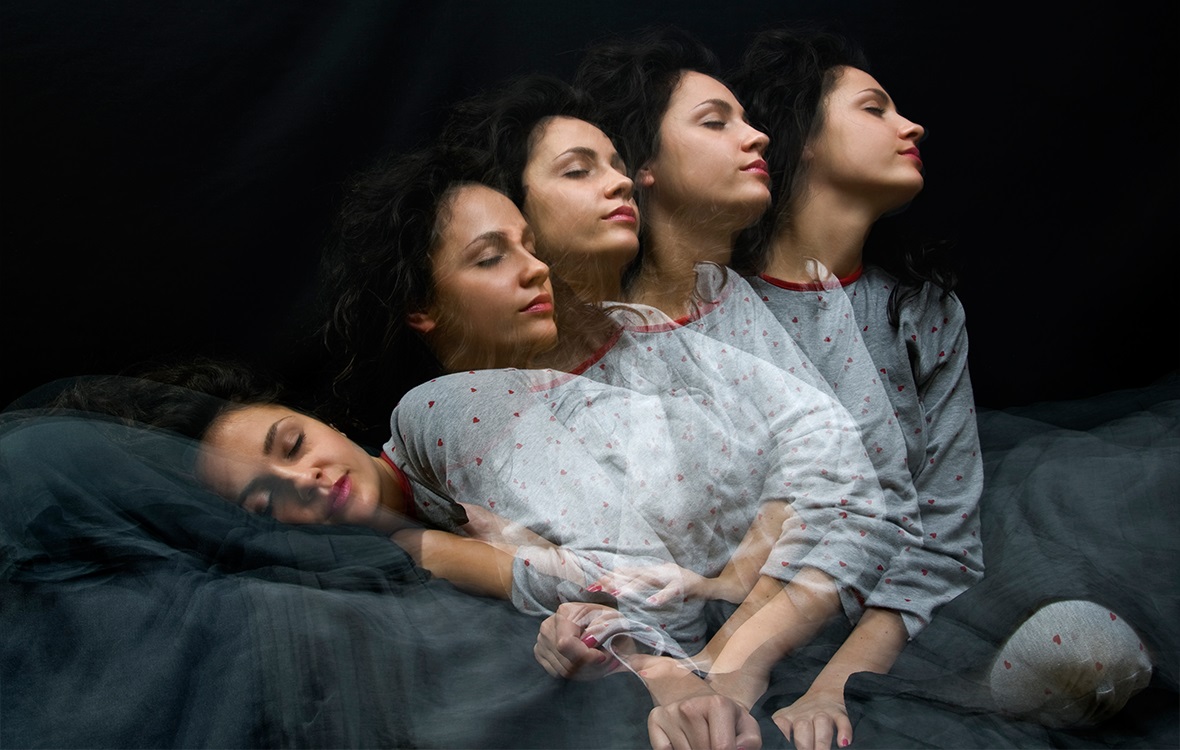Nowadays, life has become so hectic and stressful. People are dealing with a lot of worry and anxiety these days. This way of living exposes people to a variety of illnesses. Our sleep was one of the things that had the largest impact on us. People are suffering from a variety of sleep-related movement disorders due to their unhealthy lifestyles. Here, in this article, we have triggered one of the most common disorders is a periodic limb movement disorder. Let us explain what this condition is and how to treat it.
What is Periodic Limb Movement Disorder?
Repetitive cramping or shaking of the legs while sleeping is known as periodic limb movement disorder (PLMD). It’s the only movement disorder that only happens at night. It is also known as Periodic leg (or limb) movements during sleep. The motions are usually every 20 to 40 seconds and might continue for minutes or hours at a time. The frequency of limb movements might vary significantly from one night to the next.
Many people experience periodic limb movements while sleeping. PLMD can develop in association with other sleep disorders. It’s frequently confused with restless legs syndrome, although the two aren’t the same. At least 80% of persons with restless legs syndrome also have PLMD, although the opposite is not true. RLS can also occur in the morning and at night, whereas PLMD only happens at night.
People who have PLMD are unaware that their limbs are moving. They have no control over or ability to stop the movements. They are frequently tired and irritated when they awake.
Symptoms of Periodic Limb Movement Disorder-
During the night, PLMD motions occur every 20 to 40 seconds or more. They are more prevalent in the legs, although they can also happen in the arms. The following are some of the most prevalent PLMD symptoms-
- Leg motions that are repeated in one or both legs, knee, ankle, or toe.
- The kicking and twisting actions range from gentle to intense and aggressive.
- Every 20-40 seconds, the motions are rhythmic and repetitious.
- Movements tend to occur in short bursts that last anywhere from a few minutes to many hours.
- The strength of the movements might vary from one night to the next.
- Sleep that is restless and unrefreshing.
- Several nighttime awakenings.
- Daytime Sleepiness and fatigue are common.
- It can result in daytime tiredness, as well as decreased attention, mood, and performance.
Causes of Periodic Limb Movement Disorder-
PLMD can be either a primary or secondary condition. It either occurs on its own (primary) or due to another medical issue (secondary). The cause of primary PLMD is still unknown. Scientists are still baffled as to what causes it. Secondary PLMD can be caused by a variety of factors, including:
- Diabetes
- Iron Deficiency
- Spinal cord tumour
- Spinal cord injury
- Sleep apnea syndrome-. It refers to respiratory problems that keep you awake at night.
- Narcolepsy- Excessive drowsiness and an excessive need to sleep during awake hours are symptoms of this sleep disorder.
- Uremia– Poor kidney function causes a buildup of waste materials in the blood.
- Anaemia– It denotes a low haemoglobin level in the body.
- Medication -Neuroleptics and other antidopaminergic drugs are used to treat this condition.
Treatment of Periodic Limb Movement Disorder-
Although there is no cure for primary PLMD, medication can help to reduce symptoms and enhance sleep. Your doctor can prescribe iron supplements if you are iron deficient. Here are some modifications you can make to help treat PLMD-
Avoid Caffeine-
If your disorder is due to an over intake of caffeine, then you can reduce its intake. You should avoid caffeine, alcohol, and smoking. Caffeine may be present in a variety of foods, not simply coffee. Sodas, teas, chocolates, energy drinks, and some pharmaceuticals, such as Excedrin, all contain it.
Lifestyle changes-
Patients can also make modifications to their lifestyle. Yoga, meditation, and other forms of relaxation may also assist to ease the symptoms. Massages or a hot bath before bedtime might also help to alleviate discomfort.
Medications-
As a last option, medicines that regulate muscle movements may be recommended for severe instances of PLMD. Benzodiazepines, melatonin, dopaminergic drugs, gabapentin13, and GABA agonists14 are some of them.
Enhance Iron Intake –
If a blood test shows that you have a low iron level, your doctor may try to treat your periodic limb movement condition with oral iron replacement therapy first.
Periodic limb movement disorder is a condition that does not endanger life or limb. However, if you get older or use more of the harmful drugs, your PLMD may worsen. If your symptoms are causing you to lose sleep, interfere with your regular activities, and become more severe day by day, you should see a doctor. You can speak with a doctor and take medication treatment to help you overcome your problem.


